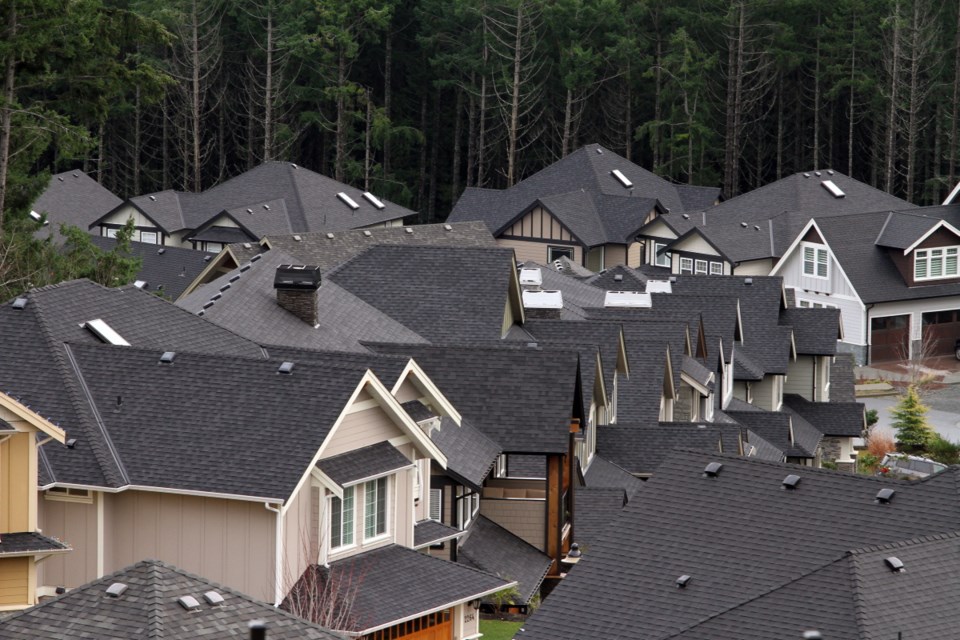This year’s Vital Signs report confirms what housing advocates and researchers are saying: Greater Victoria needs more affordable homes now.
“The number of people that have high housing costs and struggle with that is alarming,” said Sandra Richardson, chief executive officer of the Victoria Foundation. Housing was given a C grade in the survey.
Nearly half the respondents (47 per cent) are spending more than 30 per cent of their income on housing. A full 11 per cent are spending more than half their income on housing. Thirty per cent is considered the standard for affordable housing.
The average rent for an apartment rose to $904 a month from $894, with the high-demand bachelor apartments costing an average of $697.
There was a net increase in the number of new units, from 124 last year to 149 this year, mainly bachelor suites.
READ MORE FROM THE REPORT:
- Victorians a happy lot, Vital Signs survey finds
- Highway intersections on top-10 high-risk list: Vital Signs report
- Victorians going green, but not local for food
- Culture sector remains buoyant: Vital Signs
However, the rental vacancy rate has declined to 2.7 per cent from 3.4 per cent last year.
The report puts that in context: “A person working 35 hours a week at B.C.’s minimum hourly wage of $10.25 would need to spend just over 48 per cent of their monthly income to rent a bachelor apartment ($697) in Greater Victoria. To affordably rent this apartment, a person would need to work nearly 57 hours a week at minimum wage.”
There are 7,510 units of affordable housing in Greater Victoria, with just under 200 more people housed in 2014, thanks to additional housing for seniors and aboriginals.
Between April 2013 and March 2014, 1,785 people used one of Victoria’s six shelters.
The fastest-growing segment of the homeless population across Canada is youth and Greater Victoria was noted as having a high population of youth at risk.
In the report, 14.5 per cent of Victoria youth respondents said they had experienced homelessness and 37 per cent felt overwhelming stress due to finances.
The increased concern over a lack of affordable housing comes as no surprise to Andrew Wynn-Williams, executive director of the Greater Victoria Coalition to End Homelessness.
“Not only are vacancy rates low, there are actually fewer needed units. Rents go up but incomes don’t,” said Wynn-Williams, noting recent studies by the coalition show shelter use spiked last year.
“This indicates that the challenges are financial, not personal. The cost of living is so high, people live paycheque to paycheque.”
Wynn-Williams said most people in Victoria understand the homelessness problems in their community, but “creating the political will to address those challenges with all levels of government is what’s needed.”



